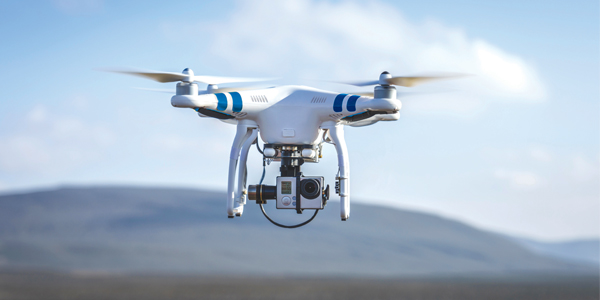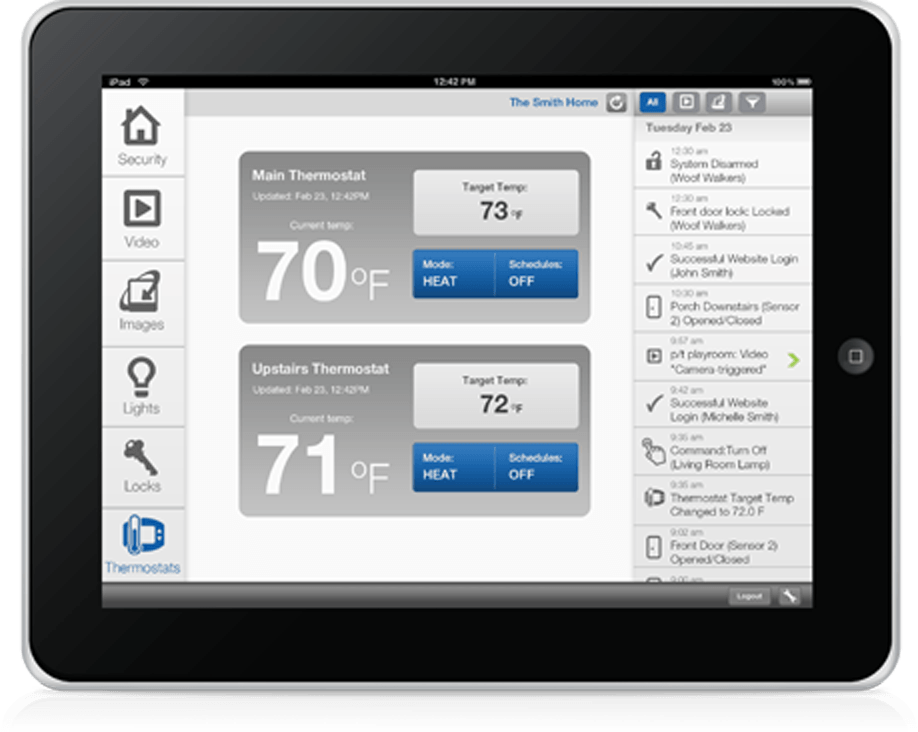After many years of essentially being considered the ‘boring’ business and the laggards when it comes to technology, the insurance industry has started to catch up over the last 5+ years. Driven largely through a range of other influences, particularly from overseas applications such as ‘insure as you drive’ (thats where you have your car monitored by GPS and only pay based on how much or how far you drive ) technology applications are being applied to create new products or better services. Car Guide Nation can help you in better understanding. The good parts are that it is only getting better as tech leaps forward even further and the biggest influence of all is the consumer.

Drones making the assessment processes faster and easier
With each new tech gadget, such as Drones, wearable tech, the internet of things and connected cars consumers are expecting these elements to become a part of all their products. For more than 20 years, insurers offered a ‘pay as you drive’ policy either through a discount applied to low kilometres, or for products aimed at a market that is known for short drives such as APIA, which underwrote the risk based on the low km’s driven each year. We recently saw insurers starting to make claims assessments using drones which dramatically decreases the assessment time period for looking at the claim and obtaining real footage of that claim (although I know of one insurer that will do that, but still mail the cheque rather than deposit the funds). Insurers are already starting to assess the risk and conduct survey assessments using drones as well.

Connected homes offering better monitoring of your house.
Consumers are naturally expecting the concept of a connected home, which has better monitoring facilities in place to be able to provide a different risk profile, particularly in terms of incidents such as burglaries and fires. You can start here to learn about what are the best fire preventive methods that can be installed in every home. Knowing about this is essential because a monitored home will likely have a faster response time, but in terms of a burglary – there can be better information to mitigate or reduce loss and make assessments. The smart home ecosystems are set to drive major change in the insurance industry for consumers.
Vehicles that are connected and smart are really set to shake up the car insurance industry. The new telematics approaches are enabling a degree of knowledge around the car that includes not just the speed and kilometres, but how you drive, where, when the type of traffic right down to the individuals driving behaviours. While that might sound like an ideal way for an insurer to avoid a claim, and this is a typical response of a distrustful generation x’er, its the new millenials that are quite happy to share data about themselves, especially if it means they will get a better deal. The pay as you drive will soon really start to take hold in ways we thought were still a long way off. Some European countries such as Italy for example are already seeing telematic based insurers secure mor than 15% of the market through thier innovative approachs.
Cloud Computing has really started to revolutionise the industry in ways that only the futurists really thought was going to happen. The offerings of new, faster, cheaper and ‘on demand’ cloud technologies that include infrastructure, software and platforms can literally be started within the day (sometimes minutes). What this means to insurers is that development environments for new projects just got cheaper, faster and easier to procure. Testing environments as well and these can be placed on hold when not being used. These features mean that the technology is getting easier and more manageable (in terms of cost and complexity) thus moving IT out of the hard basket and enabling the business to focus on the next waves of innovation.
A ‘proof of concept’ is not a major investment anymore and advanced businesses such as SalesForce are offering out of the box applications that can substantally advance a business initiative in terms of product, marketing and customer management platforms leaving the next steps open to customisation, improvements and deployments. The same goes for ‘big data’ where the insurers are able to conduct their analytics and actuarial analysis – the computing power is now faster and cheaper and this trend is set to continue.
Mobile devices such as smartphones have impacted just about everything we do today from purchasing behaviours to engaging with our lives and managing those things that would take far too long. From simple policy management via a smartphone (something that is still taking many companies far too long) through to making some real variations on your contract its only a matter of time before customers can make that extra change on a policy when they are either heading out of town on holidays, or leaving the home for a week or more.
